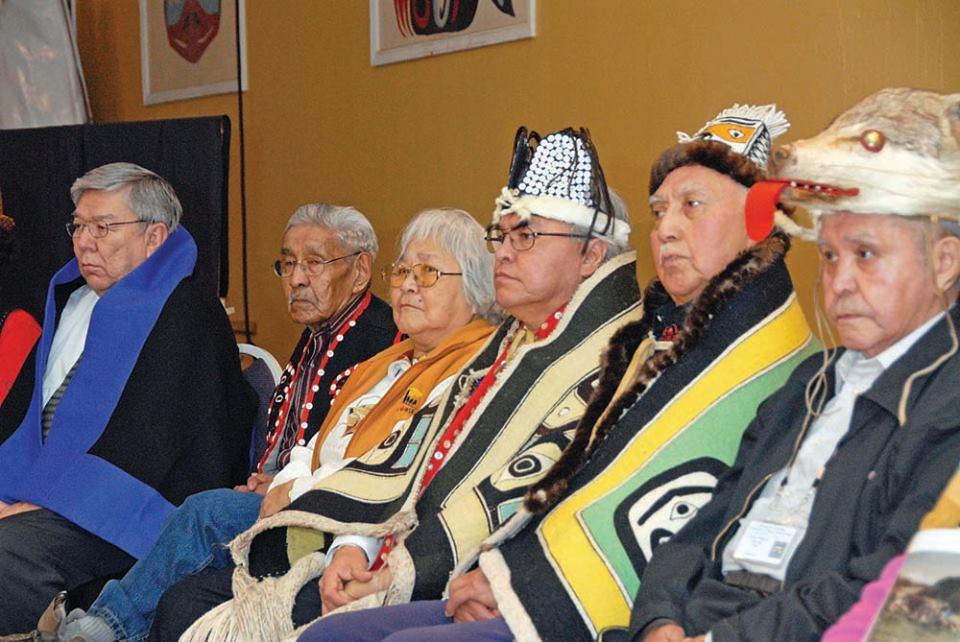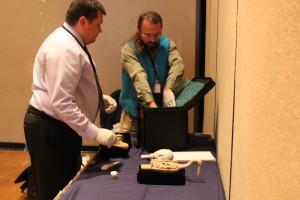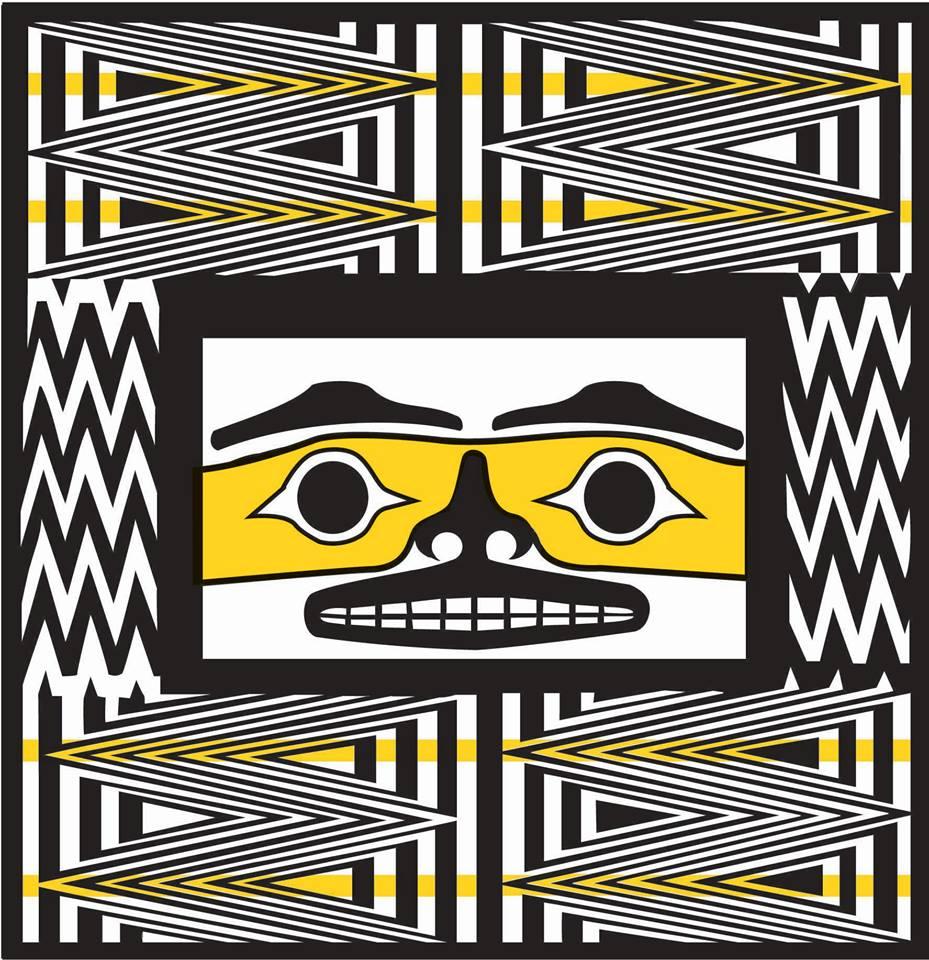How valuable can something be if you can, or potentially could, make an infinite number of copies of it? This is a question that has been lurking the shadows of the nearly unbounded enthusiasm that surrounds 3D printing. We all know that the things held in museum collections are valuable and there has been a lot of fuss made over the abilities to share them more widely as a result of 3D technologies. It is hard to argue that 3D printed objects don’t make a great way for an audience to get a hands-on interaction with an object that would otherwise be completely inaccessible to the sense of touch. Where it is less clear is when we consider the value of those copies in and of themselves.
Here I’m talking about what they are worth in any terms other than monetary, not that this isn’t an issue to be explored as well, but I want to explore what it means to treat those 3D printed objects as replacements or substitutes for the originals. This comes up because of the continuing dilemma regarding the appropriation of the material goods of one culture for display and/or study by another. When I use the word ‘appropriation’, I am speaking using the terminology of the ones who have taken the object. To refer to it from the point of view of those whose objects have been taken, a more accurate term might be ‘stolen.’As museums and collectors become more aware, or at least more easily shamed into acknowledging, that many of the valuable objects in their collection were obtained without the consent of the people from whom they came, there are more efforts by both parties to negotiate a repatriation of those objects. The arguments on both sides make sense, unfortunately, they only really seem to make sense to the parties that are making them as these arguments rely heavily on philosophical beliefs about the objects themselves.
In the latest effort to wrestle with the difficulties surrounding repatriation, or ‘the giving back of stolen goods,’ the Smithsonian is exploring the possibilities provided by 3D printing for settling some of the differences between their desire to maintain their collection and the demands by First Nations people for the return of their cultural artifacts. In Juneau, Alaska, members of the Hoonah Indian Association and Smithsonian repatriation officer met at the Sharing Our Knowledge Conference of Tlingit Tribes and Clans, to explore what common ground they could find. The particular items that were present were 3D printed copies of shamanic objects, replicas created by the museum in response to a repatriation request filed by the Hoonah.The original objects represented by these 3D prints are, to the Hoonah, ones that are yéik, meaning that they have a spirit embedded within them. This type of integrated spirituality is common to shamanic systems of belief and creates a particularly interesting conundrum for the creation of copies. The 3D printed copies may not have such spirit and therefore have no more value than trying to substitute for a shamanic object by handing the tribe members a gym sock.
Western belief systems generally do not include ideas of integrated spirituality – officially – and so it would seem to make more sense for the museum to have the copies and the Hoonah to receive their original objects back. The National Museum of Modern History took this approach in 2005 when it returned a killer whale hat that had been taken from the Tlingit Dakl’aweidí, and placed a copy of it in their exhibition instead. In 1944, a disastrous fire destroyed the majority of the town in which the Hoonah live, taking with it much of their material history.
The tribal administrator for the Hoonah Indian Association, Robert Starbard, explained the tentative nature of these delicate negotiations:
“[O]ne of the few places that we had access to some of these cultural objects, that were otherwise stolen from us, were in the museums…there is a level of suspicion, there’s a level of distrust, and there is an apprehension to move forward, which is why we’re doing it in an incremental, very slow process.”
 The Smithsonian has agreed to transfer ownership of the objects back to the Hoonah, but the items themselves reside in the museum. The Smithsonian repatriation officer, Eric Hollinger, explained the situation:
The Smithsonian has agreed to transfer ownership of the objects back to the Hoonah, but the items themselves reside in the museum. The Smithsonian repatriation officer, Eric Hollinger, explained the situation:
“Some shamanic objects have actually been passed on from multiple shamans. They may be hundreds of years old before they were removed and sold into museums illegally. And that’s what happened with these objects…They’re on a five-year loan to us while we explore this project together and CT scan it, but they own and control everything about them.”
Obviously, the ability to create replicas is no panacea that will resolve this issue easily, but it may be able to make some contribution to easing the tensions a bit at least in a few instances. Starbard hopes that the working relationship being created with the Smithsonian will provide a model for other museums and collectors who have, thus far, been intransigent.
In an effort to give Starbard the final word, I leave you with his guarded hope for the future:
“Where we could take these objects and with our elders and our youth actually start sharing some of the stories and some of the histories and some of the techniques that went with them…Even if they are replicas for display or in the case of UPenn they’re sitting in the backrooms, perhaps we’d be able to move that relationship off of the standoff that we have now.”
Subscribe to Our Email Newsletter
Stay up-to-date on all the latest news from the 3D printing industry and receive information and offers from third party vendors.
You May Also Like
3D Printing News Briefs, April 13, 2024: Robotics, Orthotics, & Hypersonics
In 3D Printing News Briefs today, we’re focusing first on robotics, as Carnegie Mellon University’s new Robotics Innovation Center will house several community outreach programs, and Ugogo3D is now working...
Rail Giant Alstom Saves $15M with 3D Printing Automation Software 3D Spark
3D Spark has entered into a three-year deal with the rail giant Alstom. Alstom, a transport behemoth with annual revenues of $16 billion, specializes in the manufacture of trains, trams,...
Meltio Expands Global Reach with New Partnerships in the Americas and Europe
Spanish 3D printing manufacturer Meltio has expanded its sales network across the globe. With the addition of three new partners in the United States, Brazil, Argentina, and Italy, Meltio aims...
3D Printing Webinar and Event Roundup: April 7, 2024
Webinars and events in the 3D printing industry are picking back up this week! Sea-Air-Space is coming to Maryland, and SAE International is sponsoring a 3D Systems webinar about 3D...


































